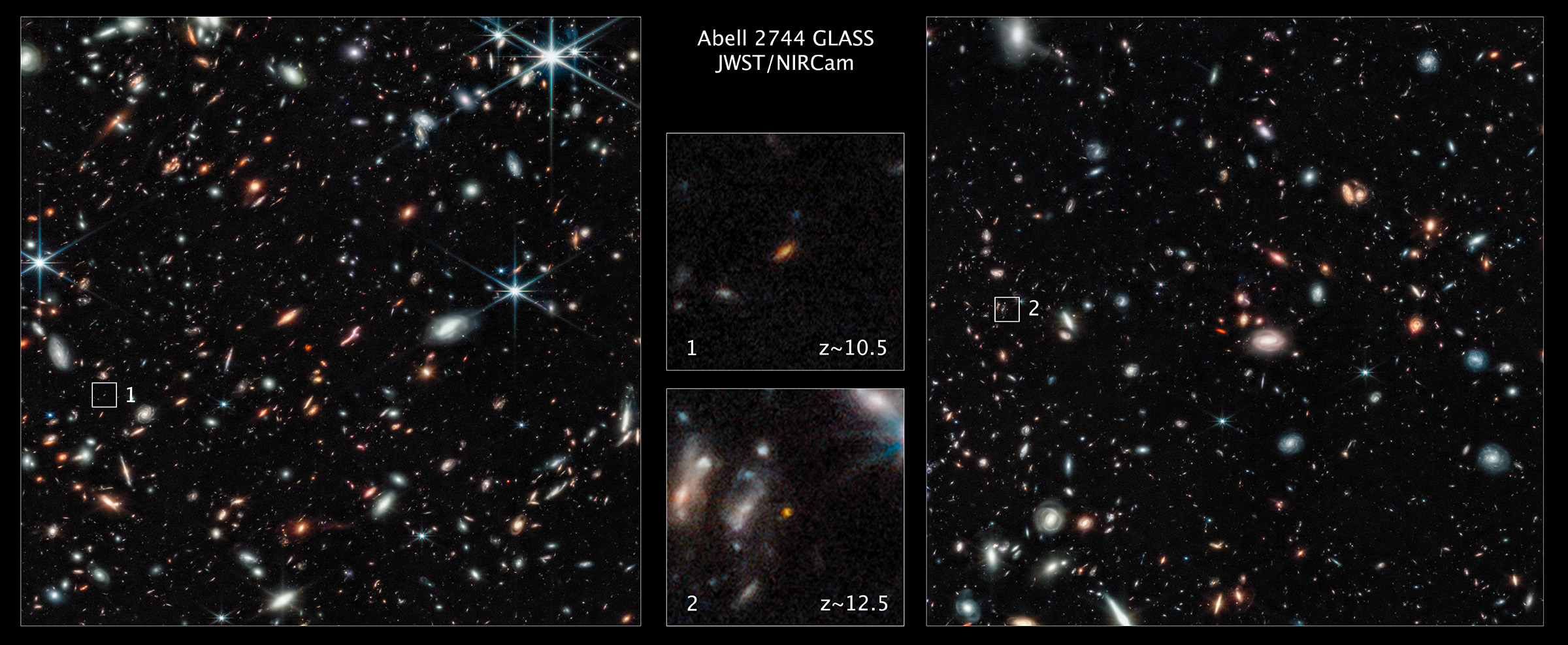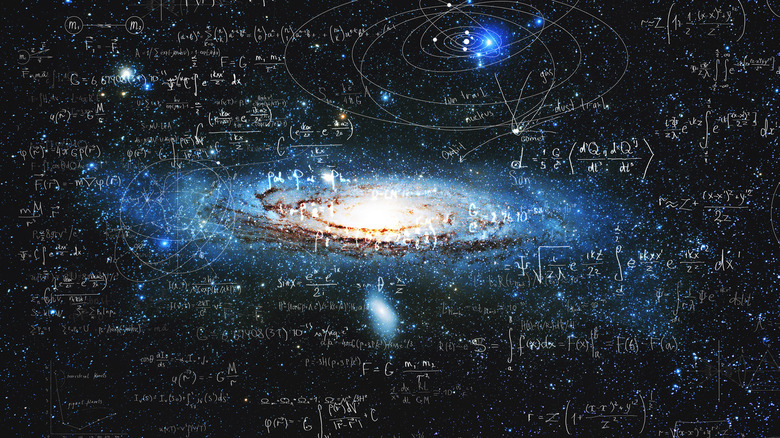Astronomers Just Found The Largest Known Object In The Entire Universe
Astronomers have been mapping vast cosmic structures for decades, from galaxy clusters to immense superclusters. But now, researchers have identified what they say is officially the largest known object in the universe—a massive cosmic structure that stretches 1.4 billion light-years across and contains nearly 70 galactic superclusters.
This recently discovered structure is called Quipu. It was found by a team of astronomers led by Hans Böhringer at the Max Planck Institute for Physics in Munich, Germany. The name comes from an ancient Incan counting system made of knotted ropes, which visually resembles the vast interconnected web of galaxies that make up this structure.
Quipu surpasses previous record-holding largest cosmic objects, including the Sloan Great Wall and the Laniakea Supercluster, both of which were once considered the largest formations in the known universe.
The researchers found Quipu while analyzing data from the ROSAT X-ray satellite, a German mission designed to detect high-energy cosmic structures like galaxy clusters big enough to warp space-time. To help make the work more efficient, they turned to an algorithm that could determine which galaxy clusters were linked.
This data helped them define a maximum distance threshold beyond which clusters could no longer be considered part of the same system. The researchers say that Quipu was so obvious in the data that it immediately caught their attention.
Finding the largest known object in the universe isn't just an exciting achievement, though. It also raises some great questions about how our universe is structured. According to the cosmological principle, the universe should appear roughly uniform at vast scales. However, the existence of these gigantic, clumped-together structures seems to contradict this idea.

Some scientists argue that superstructures like Quipu violate fundamental assumptions about the universe, while others believe that if we analyze the cosmos at even larger scales, it may still fit into existing models. Others question whether Quipu is actually gravitationally bound.
If parts of the structure are not held together by gravity, some galaxies may drift apart over time due to the universe's expansion—another theory that scientists continue to debate. Ultimately, finding the largest known object in the universe has only raised more questions about our universe.
Perhaps one day, we'll find the answers we've been searching for in the stars. Goodness knows the James Webb space telescope and other missions like it have only continued to turn our ideas of the universe on their head. For now, the researchers have shared their findings in a preprint paper published on arXiv.
